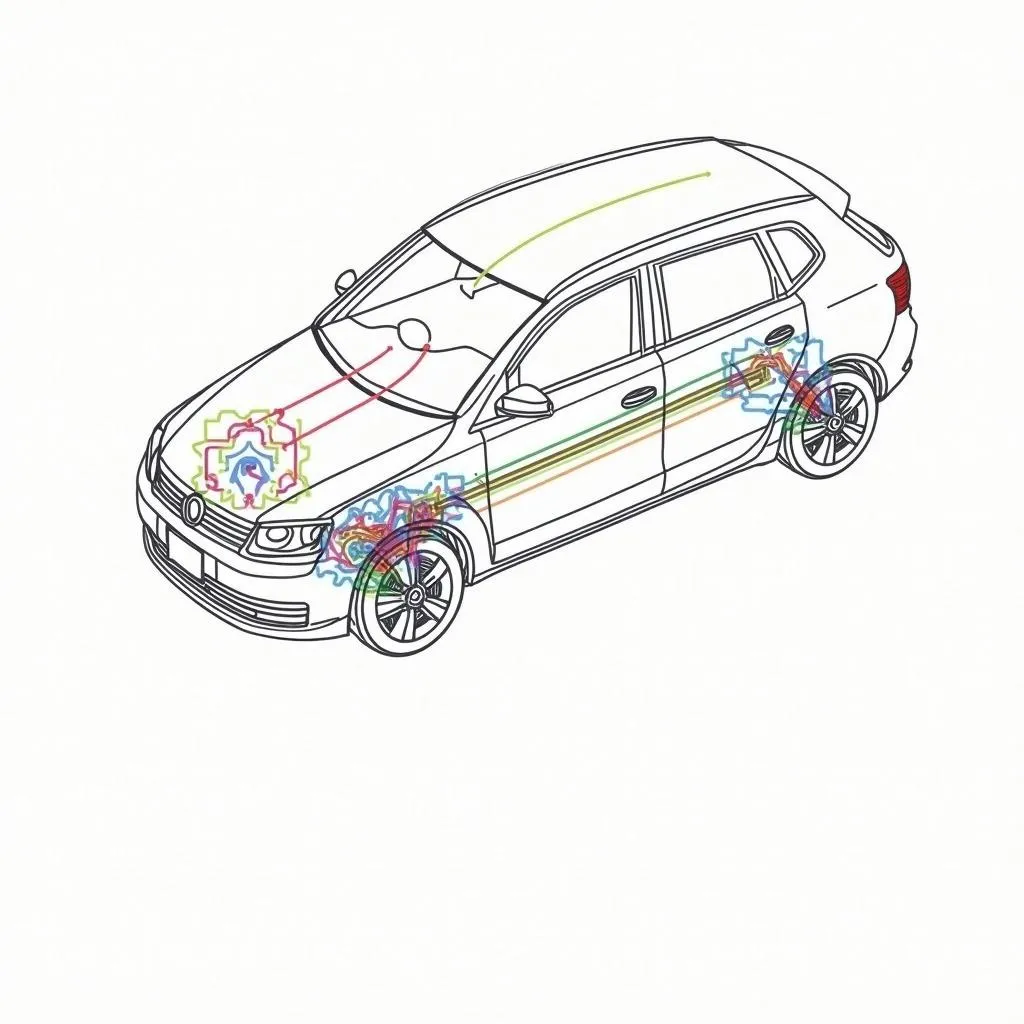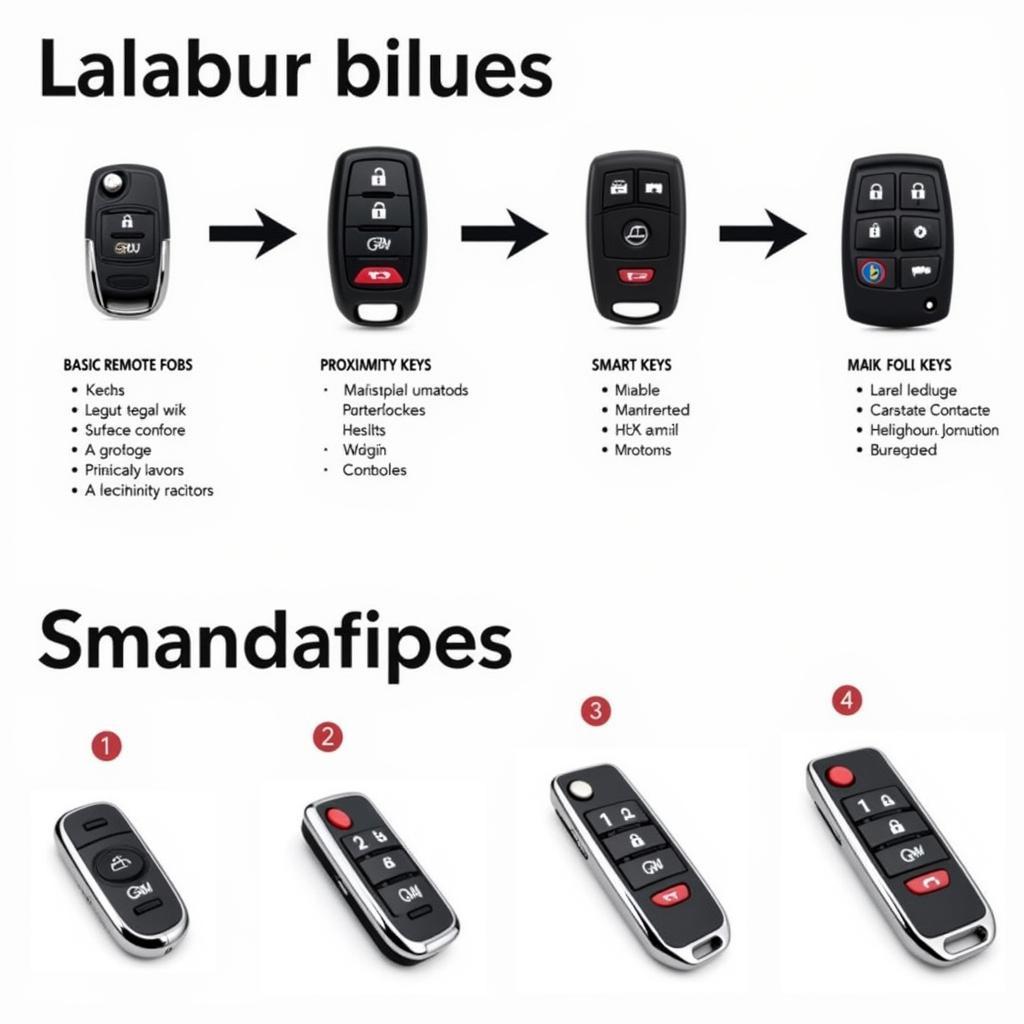The AdBlue warning light on your Passat, coupled with a camshaft sensor issue, can be a frustrating combination. This problem can be caused by a variety of factors, but understanding the root cause is crucial for resolving it effectively. In this article, we will delve into the common reasons behind this warning light, explore the potential causes, and provide actionable steps to resolve the issue.
What is AdBlue and Why Is it Important?
AdBlue is a solution containing urea that is injected into your vehicle’s exhaust system. This process reduces harmful nitrogen oxide emissions, ensuring your car complies with environmental regulations. The system relies on a variety of sensors, including the camshaft sensor, to function optimally. When the AdBlue system detects a problem, the warning light illuminates, prompting you to address the issue.
What Does the AdBlue Warning Light Mean?
The AdBlue warning light on your Passat can indicate a number of problems, including:
- Low AdBlue Fluid: The simplest reason for the warning light is a low AdBlue fluid level. This can happen if you haven’t topped up the fluid recently or if there is a leak in the system.
- AdBlue Sensor Malfunction: The AdBlue sensor measures the concentration of urea in the solution. If the sensor is faulty, it can lead to inaccurate readings and trigger the warning light.
- Camshaft Sensor Issue: The camshaft sensor is responsible for monitoring the position of the camshaft. A malfunctioning camshaft sensor can disrupt the timing of the fuel injection process, affecting the efficiency of the AdBlue system and triggering the warning light.
How to Troubleshoot an AdBlue Warning Light with a Camshaft Sensor Issue
Step 1: Check AdBlue Fluid Level
The first step is to check the AdBlue fluid level. The fluid reservoir is typically located under the hood. If the level is low, simply top it up with fresh AdBlue fluid. Ensure you use the correct type of fluid, as using incompatible fluids can damage the system.
Step 2: Inspect the AdBlue System for Leaks
If the fluid level is adequate, inspect the AdBlue system for any visible leaks. Look for signs of fluid pooling around the reservoir, lines, or injectors.
Step 3: Check the AdBlue Sensor
If there are no leaks and the fluid level is fine, the problem might be with the AdBlue sensor. You can check the sensor’s functionality using an OBD-II scanner. A faulty sensor will often throw a specific error code.
Step 4: Diagnose the Camshaft Sensor
A faulty camshaft sensor can also cause AdBlue issues. The sensor plays a crucial role in the timing of the fuel injection process, which affects the AdBlue system’s operation.
Expert Tip: “A faulty camshaft sensor can lead to erratic fuel injection and ultimately compromise the AdBlue system’s effectiveness.” – Mark Miller, Automotive Diagnostic Expert
Step 5: Replace the Camshaft Sensor
If the camshaft sensor is diagnosed as faulty, you will need to replace it. The replacement process can vary depending on your vehicle’s model and year.
Step 6: Reset the AdBlue System
After replacing the camshaft sensor or any other component related to the AdBlue system, you will need to reset the system to clear any error codes. This can be done using an OBD-II scanner.
FAQs
Q: Can I drive with the AdBlue warning light on?
A: It’s not advisable to drive for extended periods with the AdBlue warning light on. While your car may still run, the issue could worsen, leading to more severe problems.
Q: What happens if I don’t address the AdBlue warning light?
A: If the issue is ignored, it can lead to a complete AdBlue system failure. This can result in reduced engine power, reduced fuel efficiency, and even the inability to start the car.
Q: Can I use regular diesel fuel instead of AdBlue?
A: Absolutely not! AdBlue is specifically designed for your vehicle’s exhaust system and is essential for reducing harmful emissions.
Q: What if I’m not comfortable tackling these repairs myself?
A: If you’re not mechanically inclined, it’s best to consult a qualified mechanic. They have the expertise and tools to diagnose and repair the issue effectively.
Conclusion
A combination of an AdBlue warning light and a camshaft sensor issue can be perplexing, but with a systematic approach to troubleshooting, you can identify the root cause and resolve the problem efficiently. Remember to address the issue promptly to avoid further complications and ensure the optimal performance of your vehicle.


